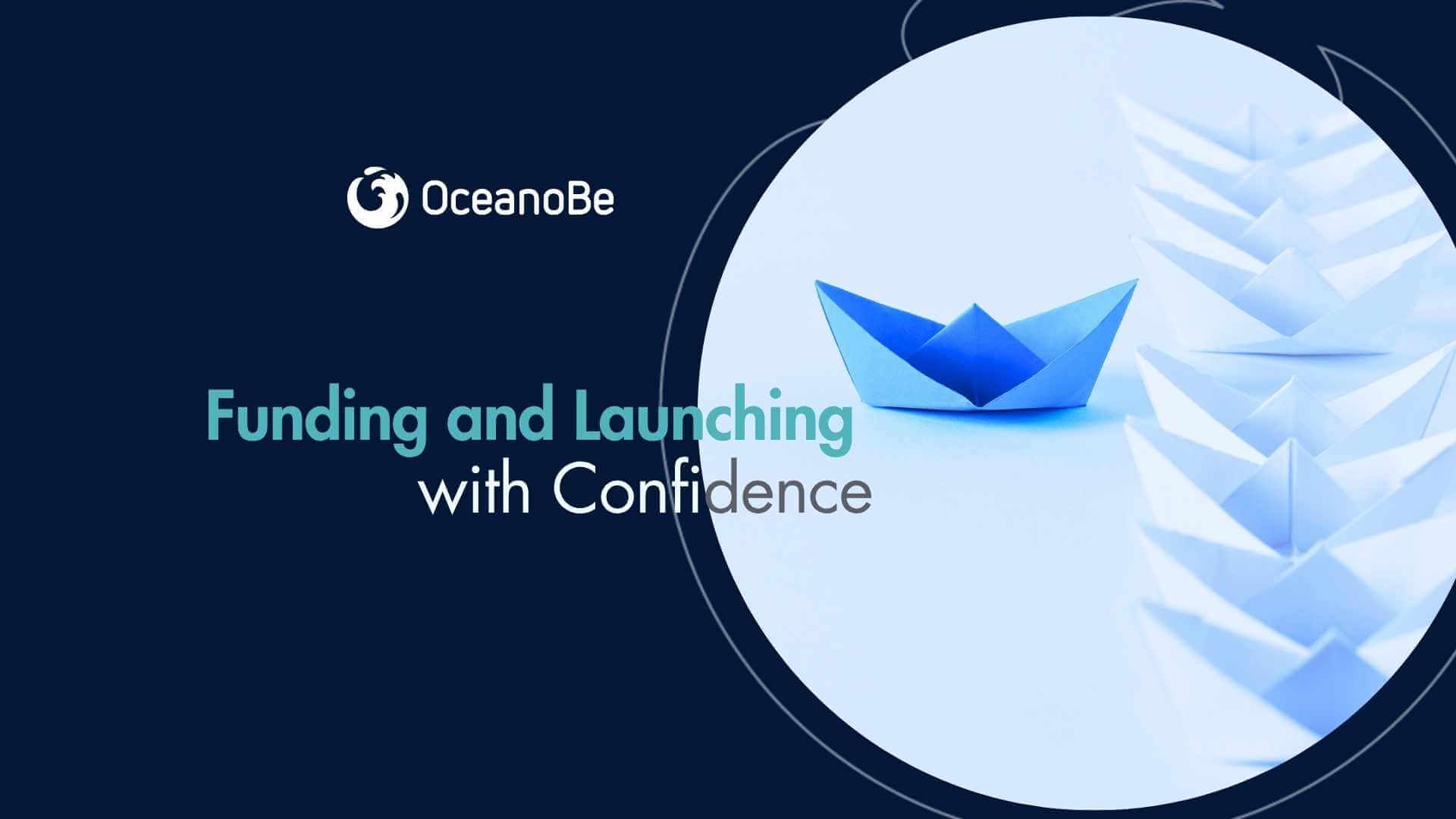Funding and Launching with Confidence
Strategies for Startup Founders
Strategies for Startup Founders

Build investor-ready fintech products with MVPs, prototypes, and data-driven launches. Discover OceanoBe’s strategies for confident startup funding and growth.
For every startup founder dreaming of product-market fit and funding success, there’s one truth that stands above all: a great idea isn’t enough. Investors are not just buying into your vision — they’re investing in how well you execute. From defining a minimum viable product (MVP) to launching with the right metrics in place, your approach can determine whether your startup gets funded or stalls before it even lifts off.
At OceanoBe, we work closely with early-stage companies and scaleups to translate ambitious fintech ideas into functioning, investor-ready products. Here’s how you can set your startup up for success — and how we can help you get there.
A well-crafted MVP does more than showcase your product's basic functionality. It's your startup’s proof-of-concept for solving a real-world problem. Investors want to see traction, user engagement, and evidence that your team understands its target market. That’s why the MVP should be grounded in actual user pain points and offer measurable business value.
Your MVP should include:
A core feature set that validates your value proposition.
A streamlined UX that reflects your brand identity and end-user needs.
An architecture that can scale quickly if needed.
At OceanoBe, we help startups develop MVPs using agile development, modern tech stacks (Java, React, Spring Boot, AWS), and modular APIs that allow for future iterations without rebuilding from scratch.
You rarely get a second chance with investors — and what they see during a pitch can influence the entire round. A polished prototype or proof of concept (POC) can be the edge that gets you noticed. These deliverables allow you to:
Demonstrate your solution’s functionality in action.
Highlight design thinking and user flow.
Showcase your team’s execution capability.
Investors use prototypes to gauge feasibility. If you can’t show how your idea works in practice, it raises doubts. We’ve seen startups walk into meetings with a working demo and walk out with term sheets. That’s the power of a well-built POC.
Your launch isn’t just a release date — it’s the beginning of market validation at scale. You need the right analytics tools in place to track usage, adoption, and performance. Data must inform your roadmap and demonstrate product-market fit to future investors.
Here’s what a data-driven launch includes:
Integrated analytics (Mixpanel, Amplitude, GA4) to track user behavior.
A/B testing for onboarding and feature optimization.
Performance monitoring and real-time alerting (Prometheus, Grafana, Elastic Stack).
Scalable infrastructure to support growth without compromise.
Launching with confidence means launching with observability, feedback loops, and agility to pivot if the market signals a new direction. Our engineering and DevOps teams help founders establish these foundations from day one.
Investors go for products that solve real problems, built by teams that execute with clarity. By focusing on an MVP that matters, prototypes that tell a compelling story, and a launch strategy rooted in real-world feedback, you turn your startup into a fundable business.